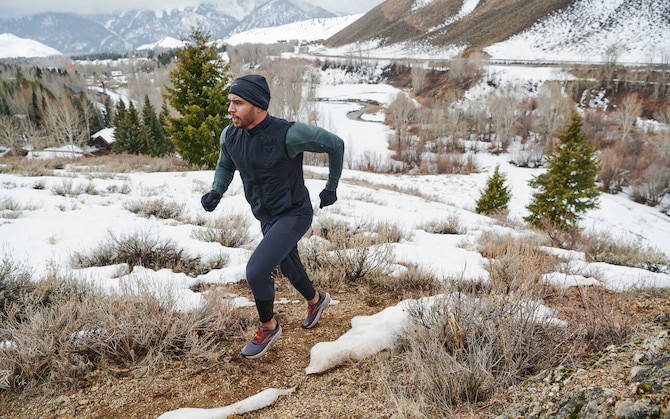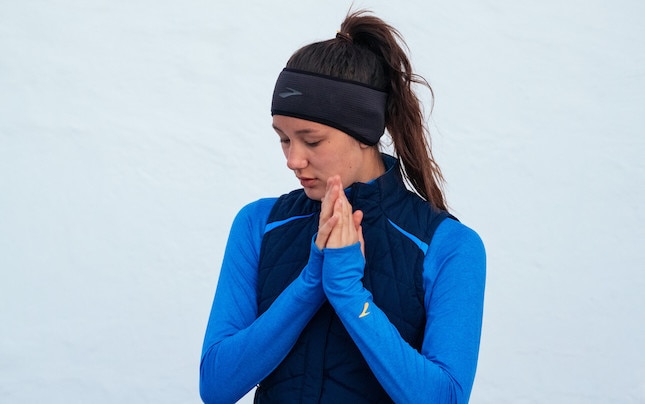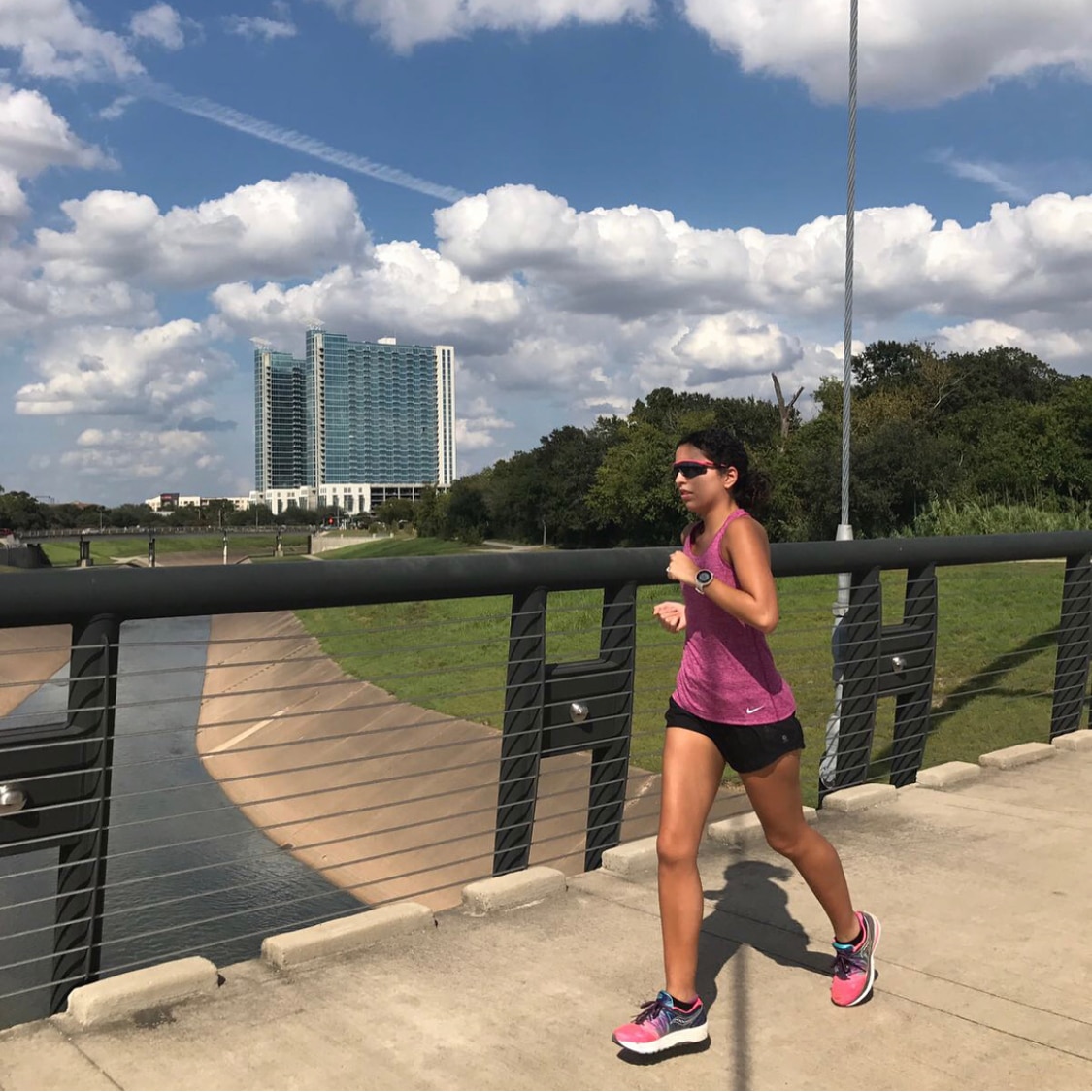Ears hurt after running in the cold? Here are some tips.

Ever head outside all bundled up for a winter run, only to have your ears hurt after running in the cold? If so, you're not alone. Here are some measures you can take to minimize the chances of cold ears.
Some people are generally more sensitive to cold than others, and ears, in particular, tend to be a more sensitive body part due to the fact that there are a lot of nerves surrounding the ear canal. Cold ears can wreak more havoc than simply causing discomfort, though. It can lead to other parts of your body feeling cold, leaving you to potentially come down with illnesses like the common cold, which is the last thing you want. The below tactics can help keep your ears nice and toasty on your next run and help prevent pain from running in the cold.
Earmuffs
Earmuffs in general are one of the most effective ways to avoid having your ears hurt after running in the cold. However, they might not be the most ideal option for running, as they can block out sound when you want to be aware of your surroundings, and they might slip and slide around more than you'd like.
Ear warmer / headband
If temperatures aren't as brutal (think 40-50 degrees), an ear warmer that doubles as a headband may be a simple solution. You can find ear warmers of varying thicknesses that are also sweat-wicking to keep your face comfortable and dry, as you're still likely to sweat, especially if you're in the sun and possibly at a high altitude.

Beanie
There are so many beanie options available out there. You can choose between a thick, knit option or one made of dry-fit material specifically for running to keep sweat away from your face. If you're still cold, you can double up and layer a beanie over an ear warmer.
Baseball cap
A baseball cap on its own obviously isn't an ear-warming solution, but it can add another layer to an ear warmer / beanie combo and help keep things in place. It can also be especially useful for keeping your head dry if it's raining or snowing.
Warm, damp towel
If you've tried all of the above in an effort to prevent pain from cold ears to no avail, you can try this trick after running to get your ears feeling better. Simply apply a warm, soaked towel to your ears for a few minutes, or just step inside a warm room with the heat on and give it a few minutes. Don't do anything extreme like sitting or standing too close to a fire or stove-top or sticking hand and foot warmers in your head accessory, as this can cause chemical burns.
With these tips, your ears will remain toasty while your runs stay happy and safe!
Our writer's advice is intended for informational or general educational purposes only. We always encourage you to speak with your physician or healthcare provider before making any adjustments to your running, nutrition, or fitness routines.
